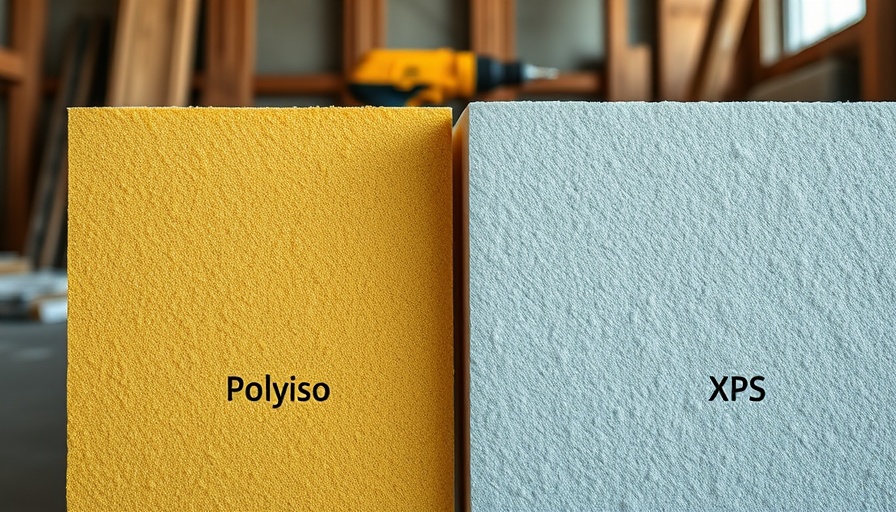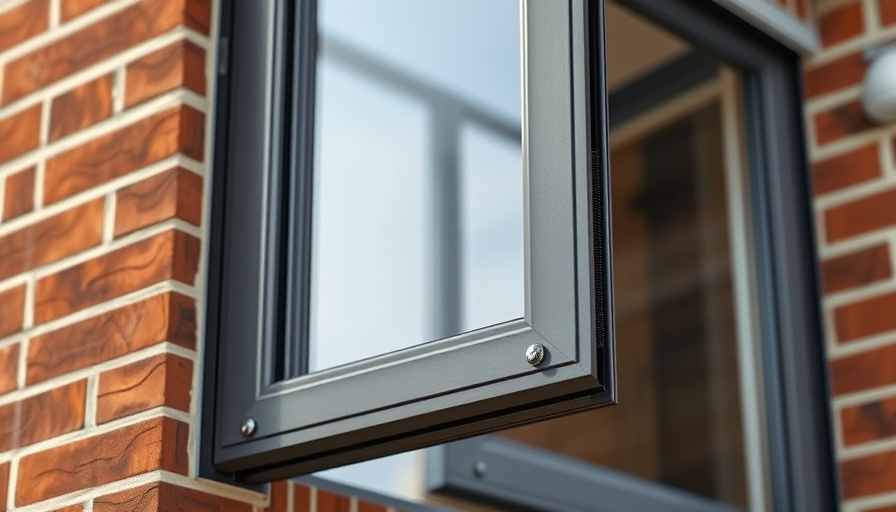
Understanding the Importance of Insulation Choices
In the quest for energy efficiency and sustainability, the choice of insulation material can significantly impact both the construction process and long-term building performance. Two major contenders in the insulation realm are Polyisocyanurate (commonly referred to as Polyiso) and Extruded Polystyrene (XPS). Both materials have been engineered to offer superior thermal resistance, but their applications, benefits, and drawbacks often lead to confusion among builders and homeowners alike.
Polyiso vs. XPS: A Technical Overview
Polyiso insulation is known for its high R-value per inch, making it one of the most efficient insulation materials available. With R-values ranging from 6 to 7 per inch, it provides excellent thermal resistance, especially in commercial roofs and wall assemblies. Additionally, Polyiso is made predominantly from renewable resources and is more eco-friendly compared to XPS, which is produced using fossil fuels.
On the other hand, XPS offers substantial moisture resistance, giving it an edge in applications where water intrusion might occur, such as below-grade walls and foundations. Its R-value hovers around 5.0 per inch – lower than Polyiso, but it compensates for that with its ease of installation and structural integrity, making it a popular choice especially in demanding environments.
Evaluating Longevity and Environmental Impact
Longevity is critical in insulation choices, as it often translates to overall building durability and performance. Polyiso’s resistance to thermal drift (loss of R-value over time) often ensures that it remains effective even years after installation. Conversely, XPS may also experience some R-value degradation, especially when exposed to moisture. However, XPS insulation is considered inert and resistant to mold and fungi, making it a resilient choice in damp conditions.
Environmentally, Polyiso has the upper hand due to its manufacturing processes involving less energy and its ability to be made from bio-based resources. With increased attention on reducing carbon footprints in construction, these factors heighten Polyiso’s appeal over XPS.
Cost Considerations and Investment
In terms of cost, the initial investment for Polyiso is generally higher than that of XPS. However, considering its higher R-value, this could mean lower energy costs in the long run, thus presenting a compelling case for its selection. When budgeting for roofing or wall insulation, builders should consider total lifecycle costs—not just the upfront price tag—when choosing between Polyiso and XPS.
Informed Decision-Making: Pros and Cons
When selecting insulation types, it can be beneficial to weigh the pros and cons of each material carefully, influenced by your specific building needs, climate, and sustainability goals.
- Polyiso: High R-value, eco-friendly, but typically more expensive upfront.
- XPS: Excellent moisture resistance, durable in harsh conditions, but offers lower R-value and is less environmentally friendly.
Looking Ahead: Trends in Insulation Technology
The future of insulation technology is likely to involve greater integration of sustainable materials, with more manufacturers shifting toward environmentally friendly options. Innovations such as blends of insulation materials could emerge, leveraging the advantages of both Polyiso and XPS while minimizing their downsides. As consumers become more aware of climate issues, the demand for greener insulation solutions is expected to escalate, further validating the evolution of the industry.
As a builder or homeowner, being informed about various insulation options such as Polyiso and XPS is essential for making effective choices. The advantages of energy savings today can lead to a more sustainable and economically viable tomorrow.
 Add Row
Add Row  Add
Add 






Write A Comment